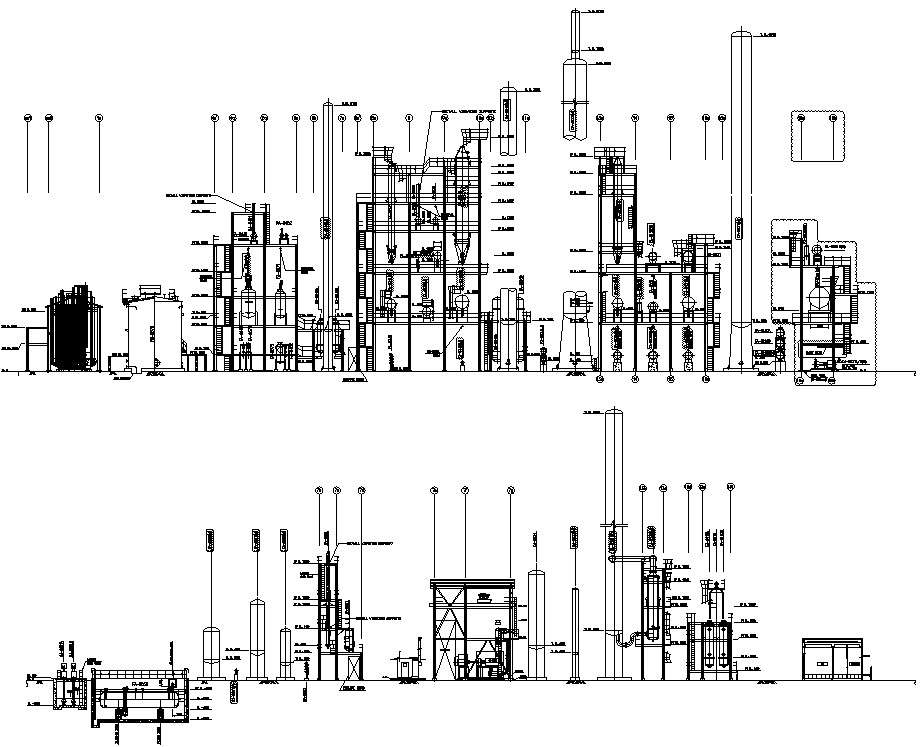

a ffinity uses a ligature to have a nicer typographical representation of ff. The main issue here are ligatures, in languages that use the Roman alphabet, this isn’t that much of an issue, but we do use them a lot. That means things have to be done pixel-wise, and with texts things get tricky again. Then draw the elements “bottom to top** and apply the percentage of the level of opacity as a weighted average. The way transparencies are handled traditionally is to assign each element a colour and a level of opacity. This is the case with transparencies, which are not fully supported in PDF files or by printers, and certainly not in all cases where AutoCAD software can use them.

The latter means that we only save the starting point, the end point and the colour, which allows us to derive the pixel-wise data.Ĭlearly vector form graphics are more accurate and require less storage, but in order to represent graphics on a screen, or on paper (even digital like PDF), we sometimes need to rasterise or convert data to pixels. Raster or pixel-wise means that in order to represent a line, we save the colour of all pixels (or squares) where the line passes through. Traditionally there are two ways of representing things: raster or pixel-wise and in vector form. What is happening? (and why?!) Transparencies and computersĬomputer graphics are a tricky issue (we should know!).


 0 kommentar(er)
0 kommentar(er)
